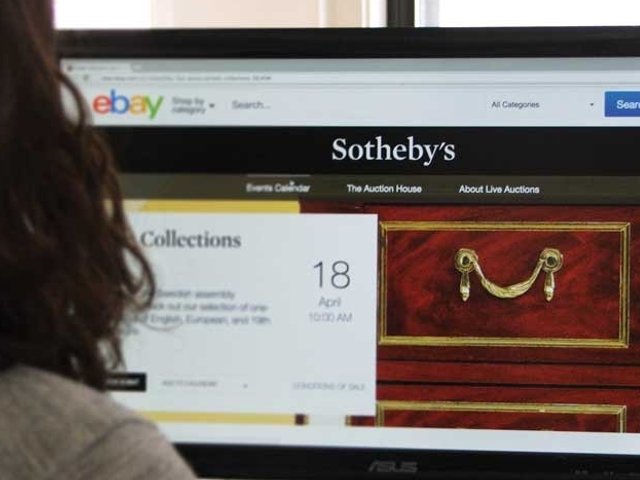A new investment firm, Arthena, is introducing the art market to equity crowdfunding, a financing model better known in the tech world, where online platforms let individuals contribute to start-ups. Both industries are attracting new investors because they present “very exciting” prospects for growth, says Arthena’s founder, Madelaine D’Angelo, a former art appraiser and consultant.
She has modelled the firm on AngelList Syndicates, which allows inexperienced “angel” investors to see which start-ups seasoned investors are supporting, so they can follow suit. Arthena encourages would-be art buyers to pay into a fund of works bought by a network of 58 art advisers. These are “all art-world veterans”, according to D’Angelo, but she is not making public their names and biographies.
The company hopes to benefit from a new initiative from the US regulator, the Securities Exchange Commission. As of this month, unaccredited investors who earn less than $200,000 a year are permitted to participate in securities-based crowdfunding services. “This will help us continue to bring in a wider audience of collectors,” D’Angelo says. “We believe there’s a lot of activity at the lower end of the market.”
Investment proposition Arthena’s advisers began buying art last autumn with around $500,000 in funds that have been generated so far. The works fit into one of several investment categories, or “collections”, such as emerging art from New York and “undervalued” post-war art. D’Angelo says that each collection will be worth between $250,000 and $1m once all of the funds have been raised and the works bought. Arthena plans to hold the art for around five or seven years before beginning to sell it. Three of the five current funds are already closed.
The point of entry to Arthena is lower than that of traditional art funds, which typically require around $1m to join, according to Philip Hoffman, the chief executive of the London-based Fine Art Fund, which manages seven funds and ten private accounts worth a total of $350m to $400m, he says. At Arthena, the minimum investment is $2,500. The largest sum invested to date is $50,000.
Potential drawbacks The low price of entry creates potential drawbacks, Hoffman says. A fund must have enough money to hire top advisers and provide corporate oversight. “It all comes down to who the people are [who are] actually choosing the art,” he says. “If you’ve got the wrong people, you could lose a fortune. If you’ve got the right people, you could make a good return.” But, he adds: “$500,000 won’t buy you much these days, sadly.”
D’Angelo says that advisers are paid 10% to 20% of the total profits to ensure that “their interests are aligned with those of our investors”. All purchases will be logged on a site dashboard that is visible to members of each collection.
“We could have tens of thousands of collections some day,” D’Angelo says. For now, she hopes to have ten by 2017.



